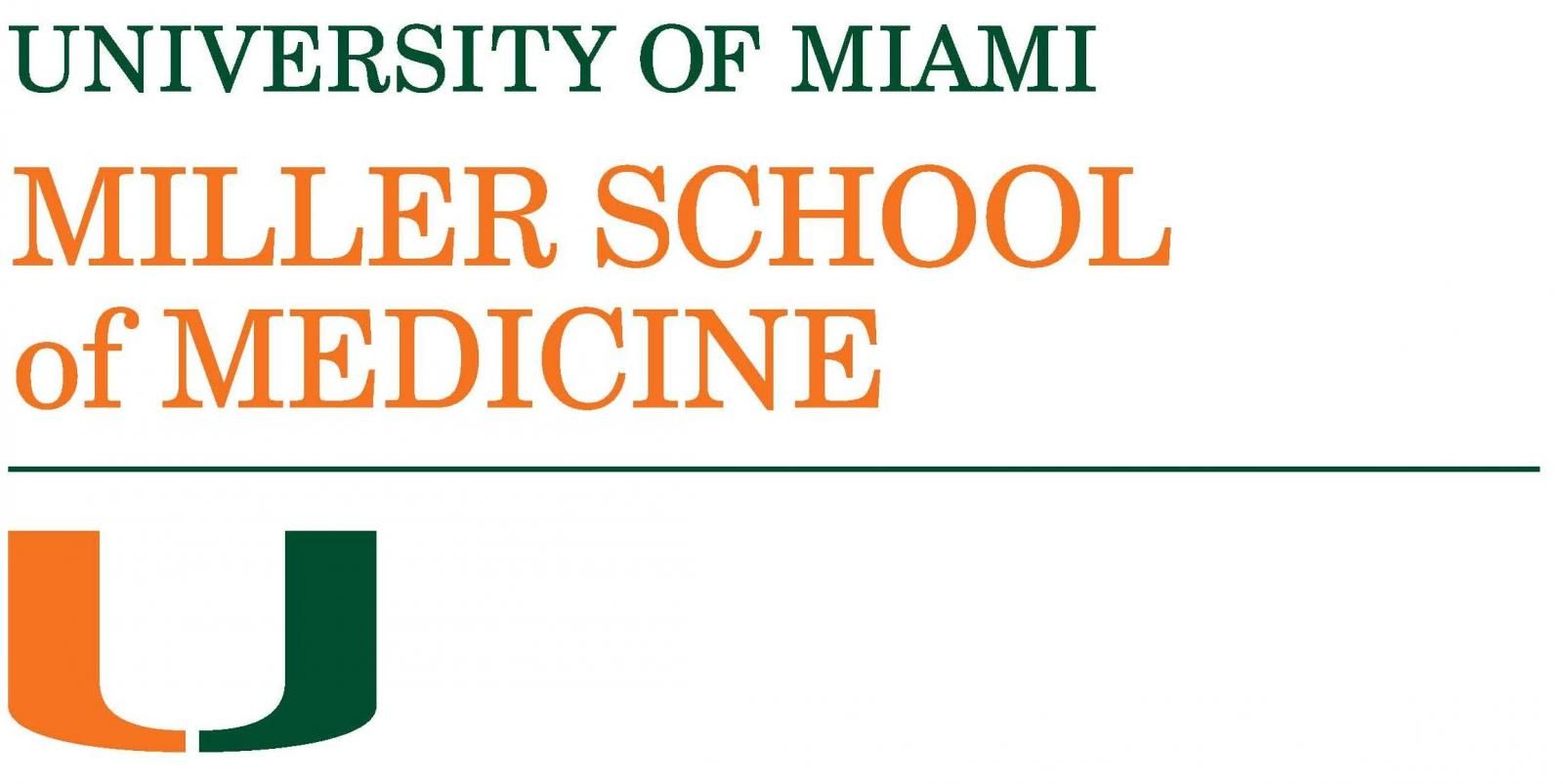A post hoc analysis newly published in Epilepsy & Behavior on the phase 3 open-label extension (OLE) study (NCT01529034) assessing midazolam (Nayzilam; UCB), an FDA-approved nasal spray, showed that 90 minutes was the estimated median time to return to full baseline functionality (RTFBF) regardless of treatment with 1 or 2 doses among patients who experienced seizure clusters (SCs).1 These findings suggest that the dose of midazolam did not influence the time to RTFBF in seizure cluster episodes (SCEs) and further supports the favorable profile of repeated intermittent use of midazolam in patients with SCs.
In 1996 SCEs (patients, n = 162) treated with 1 or 2 doses (1 dose, n = 1201 [60.2%]; 2 doses, n = 795 [39.8%]) of midazolam, investigators observed RTFBF in 24 hours of midazolam administration in 97.2% and 94.2%, respectively, of participants. At the same time, the estimated median time observed was between 1.2 hours and 1.3 hours, with noted as being stable between 1 and 45 treated SCEs. These findings were also presented virtually at the American Epilepsy Society (AES) Annual Meeting, December 4–8, 2020 by lead author Kamil Detyniecki, MD, associate professor of clinical neurology at University of Miami Miller School of Medicine, and colleagues.
"This study suggests that patients who used midazolam had the ability to get back to their daily lives in several hours of their seizure clusters, and that their ability to return to baseline function was not influenced by the number of doses used," Detyniecki said in a statement.2 "These findings – together with previous efficacy and safety data – further support the repeated intermittent use of midazolam as a rescue therapy to help patients with epilepsy experiencing seizure clusters treat the cluster and return to their full baseline functionality post-seizure as quickly as possible."
Clinical Takeaways
- The study highlights the efficiency and consistency of midazolam nasal spray, indicating a rapid return to daily life within hours for patients experiencing seizure clusters.
- Midazolam nasal spray not only demonstrated effectiveness in managing seizure clusters but also emphasized the convenience for patients and caregivers.
- While the study provides valuable insights, further investigation is recommended to identify additional factors influencing return to full baseline functionality after midazolam use.
The phase 3 OLE trial investigated the safety of repeated, intermittent use of midazolam in patients at least 12 years old living with epilepsy SCs. In the study, caregivers administered 5 mg of midazolam to patients when they experienced an SC, and a second 5-mg dose was given if the seizures did not stop in 10 minutes or recurred between 10 minutes and 6 hours. In the post hoc analysis, investigators assessed the time to RTFBF in 24 hours of midazolam administration in SCEs treated with 1 or 2 doses, all treated SCEs, and by number of SCEs treated for each participant over the course of the study. The authors noted that the time to RTFBF was observed from the time of midazolam administration in SCEs treated with 1 dose, and from the time of the second dose in SCEs treated with 2 doses.
READ MORE: Study Reveals Factors Influencing Progression of Pediatric Refractory Convulsive Status Epilepticus
"For patients living with epilepsy who unfortunately experience seizure clusters, the ability to get back to their everyday lives after these episodes is critical. The convenience of a nasal treatment which allows a quick return to what they were doing before the cluster can have a profound impact for both the patients with epilepsy and the caregiver supporting them," Brad Chapman, head of US Epilepsy & Rare Syndromes at UCB, said in a statement.2 "The publication of these results underscores our commitment to science driven patient outcomes and improved health for people experiencing seizure clusters and those who care for them."
The participants were followed for a median of 17 months and the study had an average of 7 treated seizure clusters per patient. Authors also noted that the use of the second administrated dose did not increase over treated cluster episodes. In addition, investigators noted that the RTFBF profile was similar in SCEs treated with 1 or 2 doses with 30% of patients estimated to have RTFBF in 30 minutes (approximately 50% in 1 hour) and the number of patients with RTFBF between 2 and 6 hours was slightly higher with 1 compared with 2 doses.
“The time taken for patients to RTFBF after using a rescue medication for SCs is critically important to patients and caregivers, as it affects when patients can return to work, school, daily activities, and hobbies. Thus, it could influence the appropriate use of prescribed rescue medications when needed, as advised by the treating physician,” Kamil Detyniecki et al wrote.1 “Further investigation is needed to identify the factors that can contribute to RTFBF after midazolam use, which may include the number and type of seizures in the treated SCE, as well as the SCE’s duration, concomitant medications, comorbidities, age, and body weight. Additionally, further studies are needed to assess the impact of RTFBF on patients’ quality of life and treatment adherence in real-world use.”
In 2019, the FDA approved midazolam for the acute treatment of intermittent, stereotypic episodes of frequent seizure activity that are distinct from usual seizure pattern in patients with epilepsy 12 years of age and older, according to UCB.3 The effectiveness of midazolam was established in a phase 3 randomized, double-blind, placebo-controlled trial (NCT01390220) that was conducted in 2 phases: an open-label test dose phase followed by a comparative phase. Study participants that failed to meet pre-identified blood pressure, heart rate, sedation, electrocardiogram, and peripheral oxygen saturation criteria in the first phase were excluded from participating in the comparative phase.
In the test dose phase, tolerability was assessed in 292 patients who, in the absence of a seizure, received 2, 5-mg doses of midazolam 10 minutes apart. In the comparative phase, patients treated a single seizure cluster episode in an outpatient setting with either a blinded dose of midazolam 5 mg (n = 134 patients) or placebo (n = 67); if seizure activity recurred or persisted, patients in both groups had the option to receive a subsequent unblinded dose of midazolam 5 mg, which was used between 10 minutes and 6 hours after administration of the initial dose.
REFERENCES
1. Detyniecki K, Brunnert M, Campos R, Dimova S, Wheless JW. Return to full baseline functionality after repeated intermittent use of midazolam nasal spray in patients with seizure clusters: post hoc analysis of an open-label extension trial. Epilepsy Behav. 2023;148:109435. doi:10.1016/j.yebeh.2023.109483
2. NAYZILAM® (midazolam) Results Published in 'Epilepsy & Behavior' Examining the Impact of Dose on Return to Full Baseline Function (RTFBF) for People with Seizure Clusters. News Release. UCB. Published October 31, 2023. Accessed November 15, 2023. https://www.prnewswire.com/news-releases/nayzilam-midazolam-results-published-in-epilepsy--behavior-examining-the-impact-of-dose-on-return-to-full-baseline-function-rtfbf-for-people-with-seizure-clusters-301972110.html
3. UCB announces NAYZILAM® (midazolam) nasal spray now approved by FDA to treat intermittent, stereotypic episodes of frequent seizure activity in people living with epilepsy in the U.S. News Release. UCB. Published May 20, 2019. Accessed November 16, 2023. https://www.ucb.com/stories-media/Press-Releases/article/UCB-announces-NAYZILAM-midazolam-nasal-spray-now-approved-by-FDA-to-treat-intermittent-stereotypic-episodes-of-frequent-seizure-activity-in-people-living-with-epilepsy-in-the-U-S





































